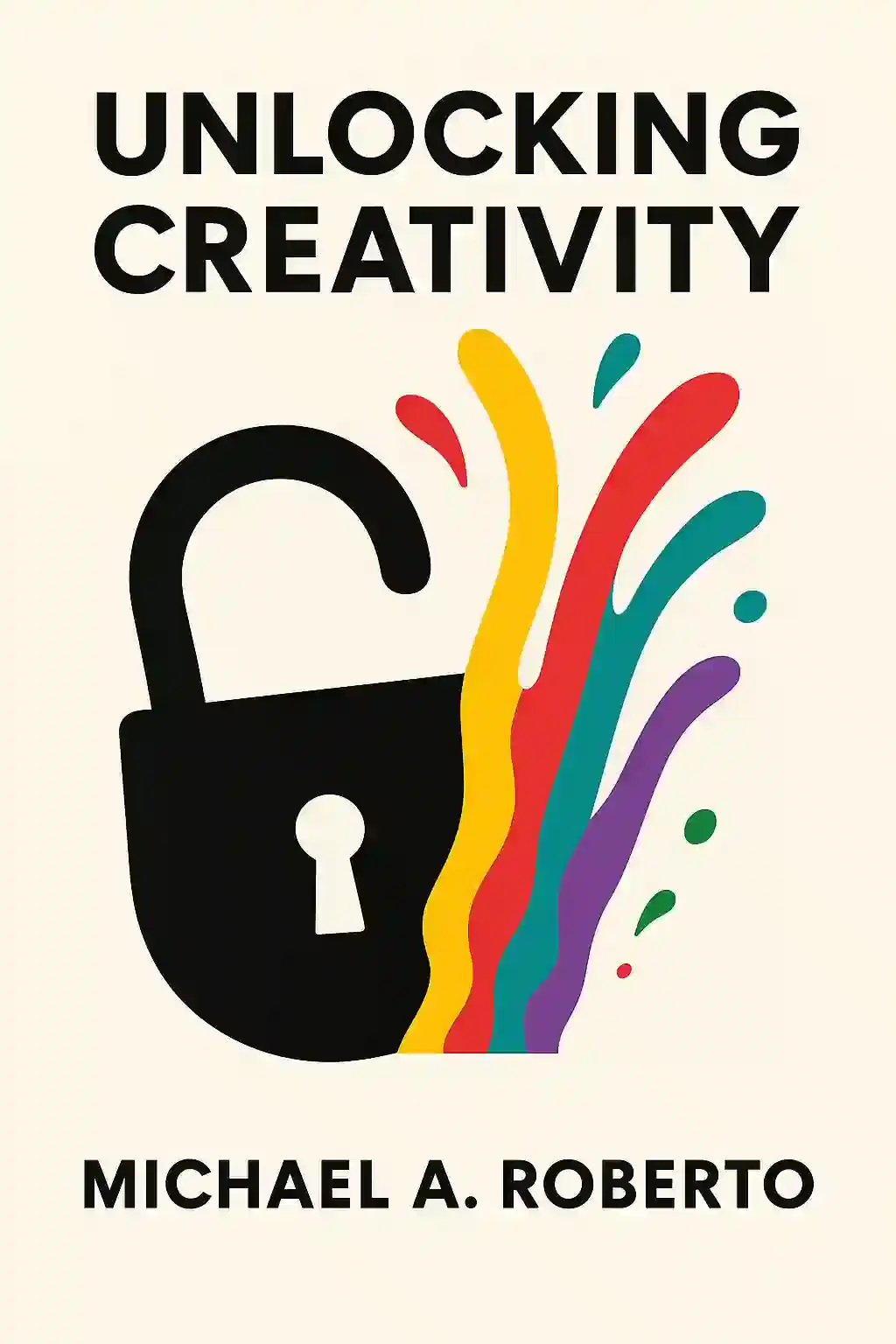What is
Against Creativity by Oli Mould about?
Against Creativity critiques how neoliberal capitalism has co-opted creativity, turning it into a tool for profit-driven growth and inequality. Oli Mould argues that modern "creativity" prioritizes individual success over collective well-being, perpetuating gentrification, precarious work, and corporate agendas. The book calls for redefining creativity as a force for communal flourishing, challenging systems that exploit artistic and innovative expression.
Who should read
Against Creativity?
This book is essential for urban planners, social activists, academics, and creatives seeking to understand how capitalist systems weaponize innovation. It’s also valuable for readers interested in critiques of gentrification, gig economy labor, and the ethical implications of technology. Mould’s insights appeal to those questioning mainstream narratives about art, entrepreneurship, and urban development.
Is
Against Creativity worth reading?
Yes—Mould’s provocative analysis exposes how creativity fuels inequality, offering fresh perspectives on urban politics, work culture, and resistance. Its blend of academic rigor and accessible examples makes it relevant for both general readers and specialists. However, those seeking practical solutions may find its focus on critique over actionable steps limiting.
How does
Against Creativity critique the creative class?
Mould condemns the creative class—defined by Richard Florida’s influential theory—for enabling gentrification and corporate agendas. He argues this group, spanning tech workers to artists, often prioritizes economic growth over social justice, displacing marginalized communities through urban “regeneration” projects. Their complicity in neoliberal systems perpetuates housing crises and labor exploitation.
What is neoliberal creativity according to Oli Mould?
Neoliberal creativity reduces innovation to a marketable trait that drives profit, not human flourishing. It emphasizes individual grit over collective action, transforming art, urban spaces, and labor into commodities. Examples include corporate co-optation of street art and remote workers forced to “creatively” optimize their productivity.
What solutions does
Against Creativity propose?
Mould advocates for radical democracy, workers’ unions, and subversive art that challenges power structures. He highlights initiatives like community-led urban projects and disability-inclusive creative spaces as models for collective action. These alternatives reject profit-driven innovation in favor of equity and shared purpose.
How does
Against Creativity address urban gentrification?
The book links gentrification to deliberate policies attracting the creative class, citing London and New York as examples. Mould shows how murals, tech hubs, and “vibrant” neighborhoods serve as tools for displacing low-income residents, arguing that creativity rhetoric masks exploitative urban development.
What are key quotes from
Against Creativity?
- “Creativity is a barely hidden form of neoliberal appropriation”.
- “We are being tricked into creating more of the same”.
- “Real creativity thrives in collective action, not profit”.
These lines encapsulate Mould’s critique of individualism and his vision for transformative change.
How does Mould differentiate real creativity from neoliberal creativity?
Real creativity fosters collective flourishing and challenges systemic inequities, such as art protesting gentrification or cooperatives democratizing workplaces. Neoliberal creativity, by contrast, commodifies innovation—like viral marketing campaigns or “disruptive” tech startups that prioritize shareholder returns.
How does
Against Creativity relate to technology and work?
Mould critiques how tech industries exploit creativity, such as gig platforms demanding constant innovation from workers. Remote work, for example, shifts the burden of optimizing productivity onto employees under the guise of “flexibility”. Technology becomes a tool to extract value, not empower genuine inventiveness.
What criticisms exist against
Against Creativity?
Some argue Mould overstates the creative class’s agency, underestimating structural economic forces. Others note the book focuses more on diagnosing problems than detailing scalable alternatives. However, its incisive critique of capitalism’s cultural co-optation remains widely praised.
How does
Against Creativity compare to other critiques of capitalism?
Unlike Richard Florida’s celebratory Rise of the Creative Class, Mould exposes creativity’s role in inequality. It aligns with David Graeber’s critiques of “bullshit jobs” but adds a unique focus on urbanism and artistic resistance. The book bridges academic theory and grassroots activism, offering a cultural lens on economic justice.














